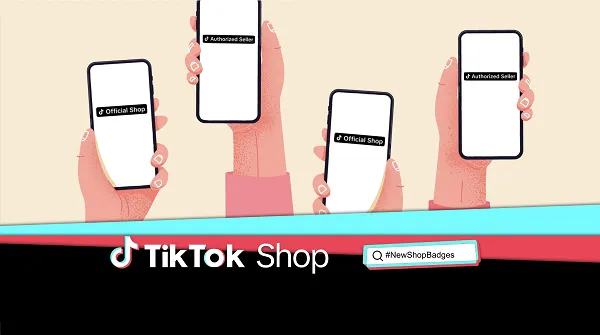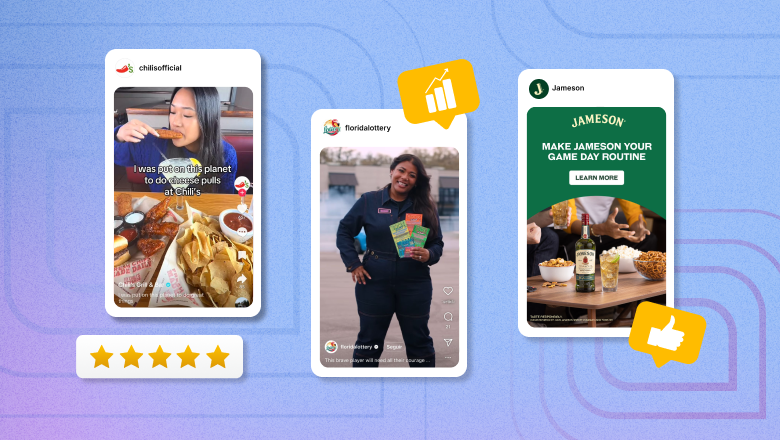A masterclass in nonprofit social media marketing: Expert ideas from GivingTuesday
Social media was born from a desire to connect—across neighborhoods, borders and causes. While much of today’s content skews commercial, nonprofits have a unique Read more... The post A masterclass in nonprofit social media marketing: Expert ideas from GivingTuesday appeared first on Sprout Social.
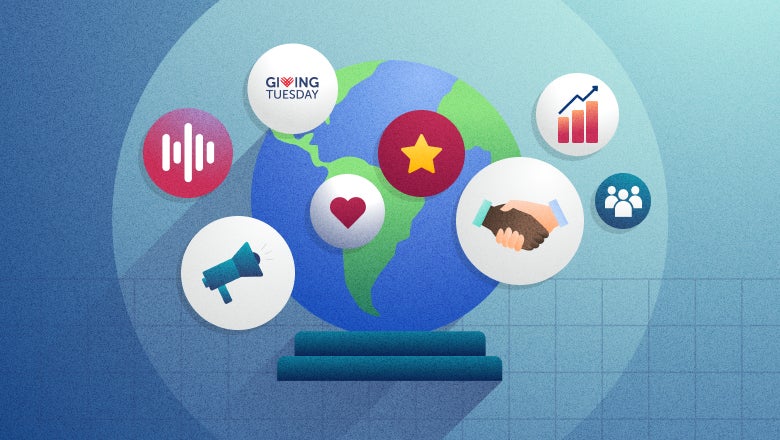
Social media was born from a desire to connect—across neighborhoods, borders and causes. While much of today’s content skews commercial, nonprofits have a unique opportunity to return social media to its roots: building community, inspiring action and amplifying human stories.
That doesn’t mean leaving performance behind. In fact, nonprofit social media marketing can both drive meaningful engagement and deliver on goals like reach, donations and volunteer sign-ups. Just ask Adam Jorgensen, Social Media Manager at GivingTuesday, whose role blends content creation, video editing, graphic design, copywriting and more—a reflection of the wide-ranging skills today’s nonprofit marketers bring to the table.
In this article, we’ll share Jorgensen’s top nonprofit social media marketing tips, along with campaign inspiration you can use to inspire your strategy.
What is nonprofit social media marketing?
Nonprofit social media marketing is the practice of using social platforms to advance a nonprofit’s mission—whether that means raising awareness, inspiring action or deepening relationships with supporters. While many of the strategies overlap with those used in the for-profit world, the purpose behind them often looks different.
The goal isn’t just to promote a service or product—it’s to mobilize people around a cause. That distinction influences everything from content strategy to community management. Still, the core principles remain the same.
As Jorgensen puts it: “No matter what your business or nonprofit organization is about, your end goal is to make connections with people. Real people. That means your communications should cater to their needs, concerns and dreams.”
9 high-impact social media tactics for nonprofits
There’s no one-size-fits-all approach to nonprofit social media marketing—but these proven tactics help the most effective nonprofit social media teams build momentum and deepen community engagement.
1. Establish your crew
You don’t need a full production team to create great content—but you do need support.
“Recruit a handful of people,” Jorgensen advises. “This can be your colleagues, volunteers, people served or peers that help you create content and brainstorm ideas.” A small, trusted group can serve as both a sounding board and a source of compelling stories that might otherwise go untold.
Start by identifying individuals who are already engaging with your organization. You can also send out a quick interest survey, include a content opt-in on donor or member forms or even build social media basics into your volunteer training. The goal is to make content creation feel like a shared mission, not an added burden.
2. Share impact-driven stories
Storytelling is one of the most powerful tools nonprofits have on social. It puts a human face to your mission, builds emotional resonance and inspires your audience to take action. That impact grows when stories are timely, relatable and rooted in your organization’s purpose.
Take it from GivingTuesday. During the 2024 Summer Olympics, their team shared the story of Bob—an event volunteer who sprang into action to collect swimmers’ lost caps during a break in the women’s 100-meter breaststroke.
“By paying close attention to what was happening in real time and the thoughtfulness on the part of our digital communications manager Vanessa, who pitched the idea—we created what is still one of GivingTuesday’s top-performing posts with over 322,000 views and 7,500 likes,” says Jorgensen.
The key to a story like Bob’s isn’t just luck; It’s staying close to the action and keeping your mission top of mind. Encourage team members and volunteers to flag everyday moments that reflect your values—you never know which small act might spark big engagement.
3. Promote multiple ways to give
If every social post is a fundraising appeal, you risk overwhelming your audience—or worse, losing their attention entirely.
Instead, use your social channels to showcase the many ways supporters can contribute to your cause. Volunteering time, donating supplies, attending events or simply amplifying your message can all serve as meaningful entry points into your community.
“We saw that people wanted to give in multiple ways, not just monetarily,” says Jorgensen. “For example, we learned through social listening that one of the emerging ways organizations were asking people to give in 2024 was organ donation.”
Broadening your definition of generosity builds awareness and deepens relationships with potential donors over time. Not everyone can give money right away—but they might become some of your most passionate advocates if you offer them other ways to get involved.
4. Partner with influencers
Influencer marketing isn’t just for big brands—it’s a powerful tool for nonprofits looking to amplify their mission through trusted voices. By partnering with creators who align with your values, you can tap into new audiences and build credibility through authentic storytelling.
“We recently began proactively pitching stories and collaboration opportunities with influencers, like Jacob Simon, who are aligned with our mission to uplift inspirational stories of GivingTuesday and GivingTuesday Spark Leaders like Cash the Conservation Kid,” says Jorgensen.
“This ongoing tactic has led to an increase in our general brand awareness while boosting traffic to data-backed resources that support local fundraising and community building efforts.”
Sprout Social’s 2024 Influencer Marketing Report found that nearly half of all consumers trust influencers just as much as they did six months ago, while close to 30% trust them more. For nonprofits, that trust translates into a valuable opportunity to reach hearts and minds through people already inspiring action in their communities.
5. Pitch earned media opportunities
Your social strategy doesn’t have to live solely on social platforms. Pitching your most compelling stories to local outlets, journalists or editorial boards can help your content travel further. You can even reach audiences you may not have access to through organic social alone.
“If you have a bank of solid stories and people who are comfortable being more public with their perspectives, adding in an earned media element to your campaign could be particularly helpful,” says Jorgensen. “This is a free, albeit not guaranteed, way to boost support of your organization and impact.”
By leading with a story-first approach and a more human, informal voice—rather than relying solely on traditional PR tactics—you can create outreach that feels less like a press release and more like a meaningful moment worth sharing.
6. Make your content go the extra mile
Don’t let great content live just once. By repurposing content, you can reach more people, create more engagement and save time on content creation.
“For example, if you’re working on a blog to showcase the latest success story of your mission or service, brainstorm ways you can turn that into a carousel on Instagram, a TikTok and a series of posts in a Tweet thread,” advises Jorgensen.
There are plenty of ways to expand on a single piece of content. Here are a few approaches to repurposing that’ll make your content work harder for you:
- Repurpose top-performing content: Repost your best content from the past—this could be success stories, community shoutouts or testimonials. Don’t be afraid to repost, even if it’s a few months old.
- Diversify formats: Turn blog posts into engaging visuals, create quote graphics or transform key statistics into video snippets or TikToks.
- Segment your content: Break down long-form content into bite-sized pieces for social posts, email blasts or newsletters.
- Repurpose low-performing content: Sometimes, posts that didn’t perform well initially can gain traction with a different angle, format or timing. Revisit these with fresh eyes.
“It’s not a bad idea to repost your top-performing content from time to time, or even those posts that flop,” adds Jorgensen. “The information you have is useful, and you spent time creating that post, so make the most of it.”
By looking back at your content’s performance metrics and learning from past campaigns, you can tailor your content repurposing strategy to resonate better with your audience moving forward.
7. Tailor your message
Effective content isn’t just about what you say—it’s also about how you say it. That’s why Jorgensen recommends nonprofits take time to understand the tone, preferences and expectations of their audience on each platform.
“No matter where you post, it’s important to ensure you’re speaking the right language for each platform,” he says. “And I don’t mean English or Spanish, but take time to understand how your audience communicates. Are they serious or sarcastic? Do they like data or do they prefer stories?”
This platform-aware approach to messaging should inform everything from your post copy and visuals to the social media trends you lean into and the way you show up in your comment sections. For instance, a witty take on a meme might resonate with your TikTok followers, while a data-driven infographic might be more compelling for your Facebook audience.
8. Use the GivingTuesday Data Commons
Speaking of data, your social performance metrics aren’t the only insights worth tapping into. The GivingTuesday Data Commons is a powerful resource for nonprofit leaders looking to better understand generosity, giving trends and the evolving nonprofit landscape.
This open-source hub brings together a wide range of datasets—from original GivingTuesday research to contributions from global partners—designed to support data-driven strategy and innovation across the sector.
Pairing your internal data with this broader research gives you a sharper perspective on what’s motivating today’s donors, volunteers and advocates, so you can build smarter campaigns that meet the moment.
9. Never stop testing and learning
No matter how well-planned your social strategy is, not every post will hit—and that’s okay.
“Don’t give up. Keep experimenting!” says Jorgensen. “The reality is, the internet is a busy place with a lot going on and constantly changing algorithms and you won’t always get it right.”
Success on social isn’t about perfection—it’s about persistence. Keep an eye on what your audience engages with, stay flexible and use each campaign as a learning opportunity. The best nonprofit social strategies evolve, shaped by curiosity, creativity and a willingness to try something new.
3 nonprofit social media marketing campaigns to inspire your approach
As Jorgensen puts it, social content for nonprofits should do more than inform—it should inspire people to take generous action. And while that can sound like a lofty goal, it often starts with something as simple as a creative campaign idea, a timely post or a compelling story.
The following three campaigns from GivingTuesday’s community showcase the power of thoughtful social strategy in action. Whether you’re brainstorming your next GivingTuesday social media campaign plan or looking for year-round ideas, let these examples spark your imagination.
1. Partridge Creek Farm
During GivingTuesday 2024, Partridge Creek Farm hit both their base and stretch goals—raising enough to purchase the land one of their community gardens sits on, securing it as a long-term resource for food access.
Social media played a key role in that success. The team began content creation early, filming in September when the garden was at its most vibrant. They interviewed staff and garden members to share what the space meant to them, then distributed those stories across email and social—layering in compelling stats from their annual garden member survey.
Takeaway: Plan ahead to capture video and visual content during peak moments. These stories—especially when told in the voices of your community—can fuel your social content year-round, helping you stay consistent without always starting from scratch.
2. Search for Common Ground
For GivingTuesday 2024, Kalindi Cordero, Social Media Strategist at Search for Common Ground, pitched an idea inspired by a story she encountered during a 2022 program trip to Tapachula, Mexico. There, she met Adolfo, a Venezuelan man who fled violence carrying only a boom box and microphone—symbols of the identity he refused to leave behind.
That story sparked a powerful question and campaign: What do we carry when we leave everything behind? The result was The Things We Carry—a multi-platform storytelling effort that drove over 1 million impressions, nearly 9,000 video views and more than 59,000 visits to sfcg.org.
One contributing factor to that success was a user-generated content prompt that encouraged supporters to share their own “Things We Carry” stories—adding more emotional depth and helping expand the campaign’s reach.
Takeaway: Invite your audience into the narrative. Campaigns that ask supporters to reflect and share personal stories on social media have the power to spark greater participation, reach and impact.
3. Tuesdays for Trash
What began during the pandemic as a grassroots effort to safely reconnect and clean up local neighborhoods has grown into a global movement. Tuesdays for Trash teamed up with GivingTuesday—another Tuesday-centered powerhouse for social good—to make an even bigger impact on the year’s most charitable day.
By joining GivingTuesday, Tuesdays for Trash gained exposure to new audiences, strengthened its missions and rallied support for its goal: inspiring global generosity and clearing 100,000 pounds of trash by Earth Day 2025.
Takeaway: Strategic partnerships don’t dilute your mission—they amplify it. Collaborating with like-minded organizations can expand your reach, deepen engagement and help you achieve larger, shared goals.
Make nonprofit social media marketing work for your mission
Social media can be one of the most powerful tools in a nonprofit’s toolkit—when used with intention.
From surfacing community stories and partnering with mission-aligned influencers to repurposing content and encouraging audience participation, the most effective strategies are rooted in authenticity, creativity and experimentation.
If you’re gearing up for a major social campaign, a strong foundation is key. Download our free social media campaign brief template to bring structure to your strategy, streamline your planning process and make the most of every post.
The post A masterclass in nonprofit social media marketing: Expert ideas from GivingTuesday appeared first on Sprout Social.
























![Brand and SEO Sitting on a Tree: K-I-S-S-I-N-G [Mozcon 2025 Speaker Series]](https://moz.com/images/blog/banners/Mozcon2025_SpeakerBlogHeader_1180x400_LidiaInfante_London.png?auto=compress,format&fit=crop&dm=1749465874&s=56275e60eb1f4363767c42d318c4ef4a#)

![How To Launch, Grow, and Scale a Community That Supports Your Brand [MozCon 2025 Speaker Series]](https://moz.com/images/blog/banners/Mozcon2025_SpeakerBlogHeader_1180x400_Areej-abuali_London.png?auto=compress,format&fit=crop&dm=1747732165&s=beb7825c980a8c74f9a756ec91c8d68b#)
![Clicks Don’t Pay the Bills: Use This Audit Framework To Prove Content Revenue [Mozcon 2025 Speaker Series]](https://moz.com/images/blog/banners/Mozcon2025_SpeakerBlogHeader_1180x400_Hellen_London.png?auto=compress,format&fit=crop&dm=1747758249&s=9f3c5b1b7421f862beace1cb513053bb#)












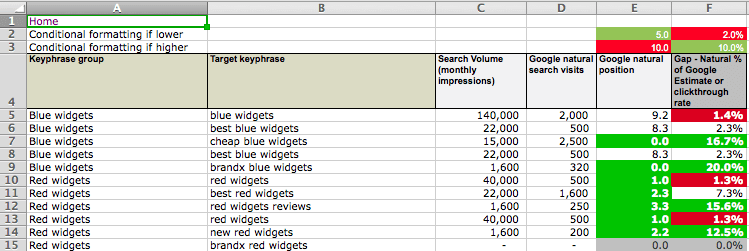
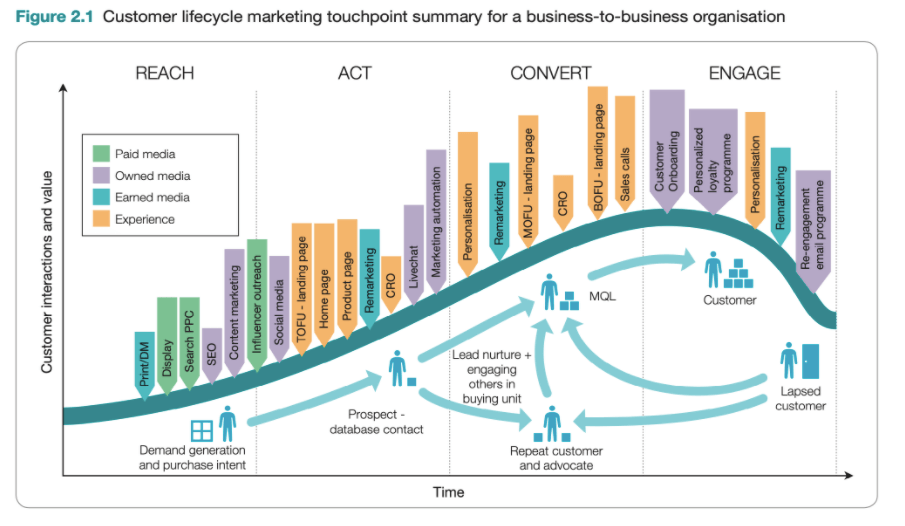











![The 11 Best Landing Page Builder Software Tools [2025]](https://www.growthmarketingpro.com/wp-content/uploads/2024/04/best-landing-page-software-hero-image-1024x618.png?#)







































![How To Build AI Tools To Automate Your SEO Workflows [MozCon 2025 Speaker Series]](https://moz.com/images/blog/banners/Mozcon2025_SpeakerBlogHeader_1180x400_Andrew_London-1.png?auto=compress,format&fit=crop&dm=1749642474&s=7897686f91f4e22a1f5191ea07414026#)



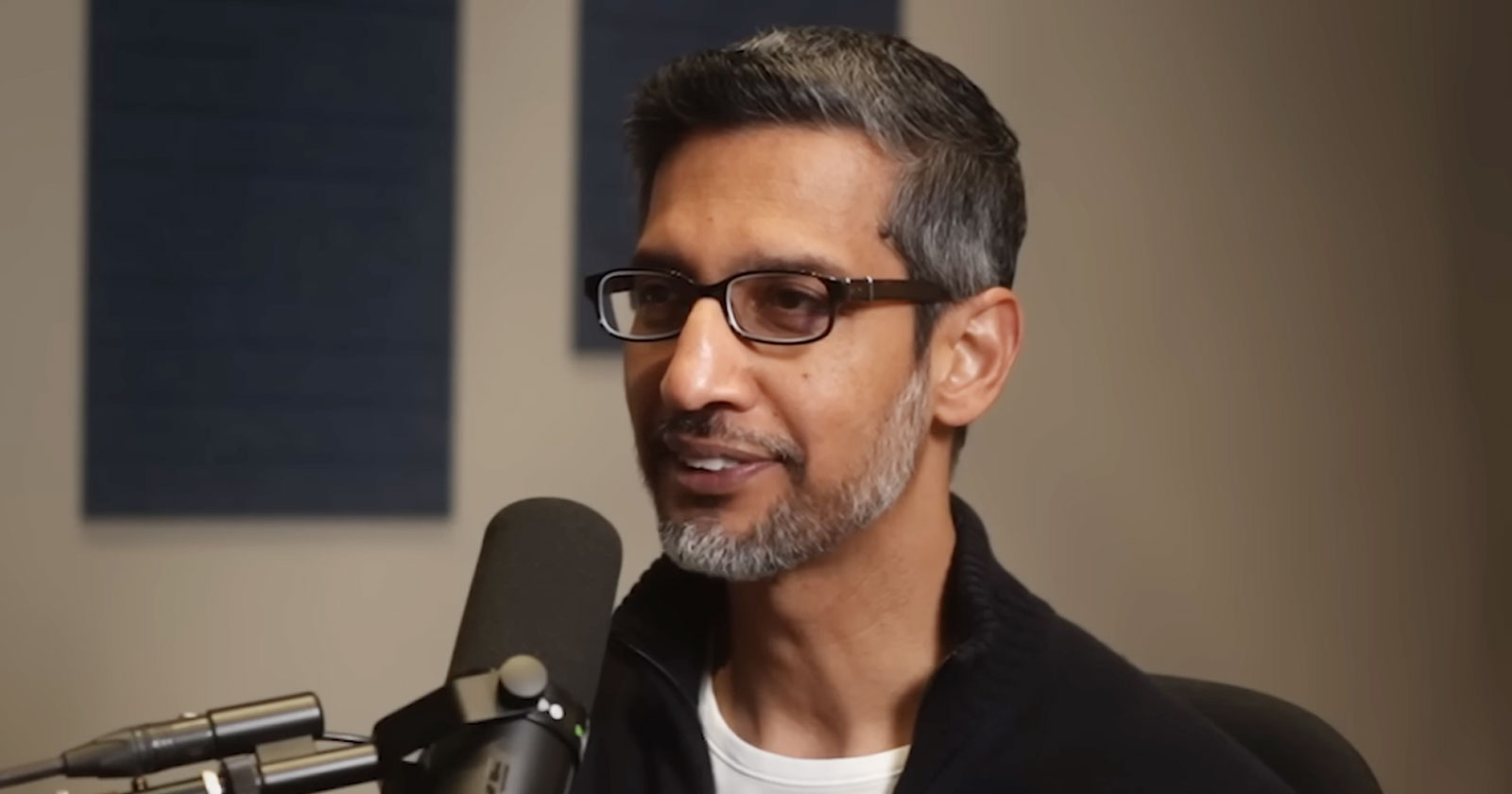
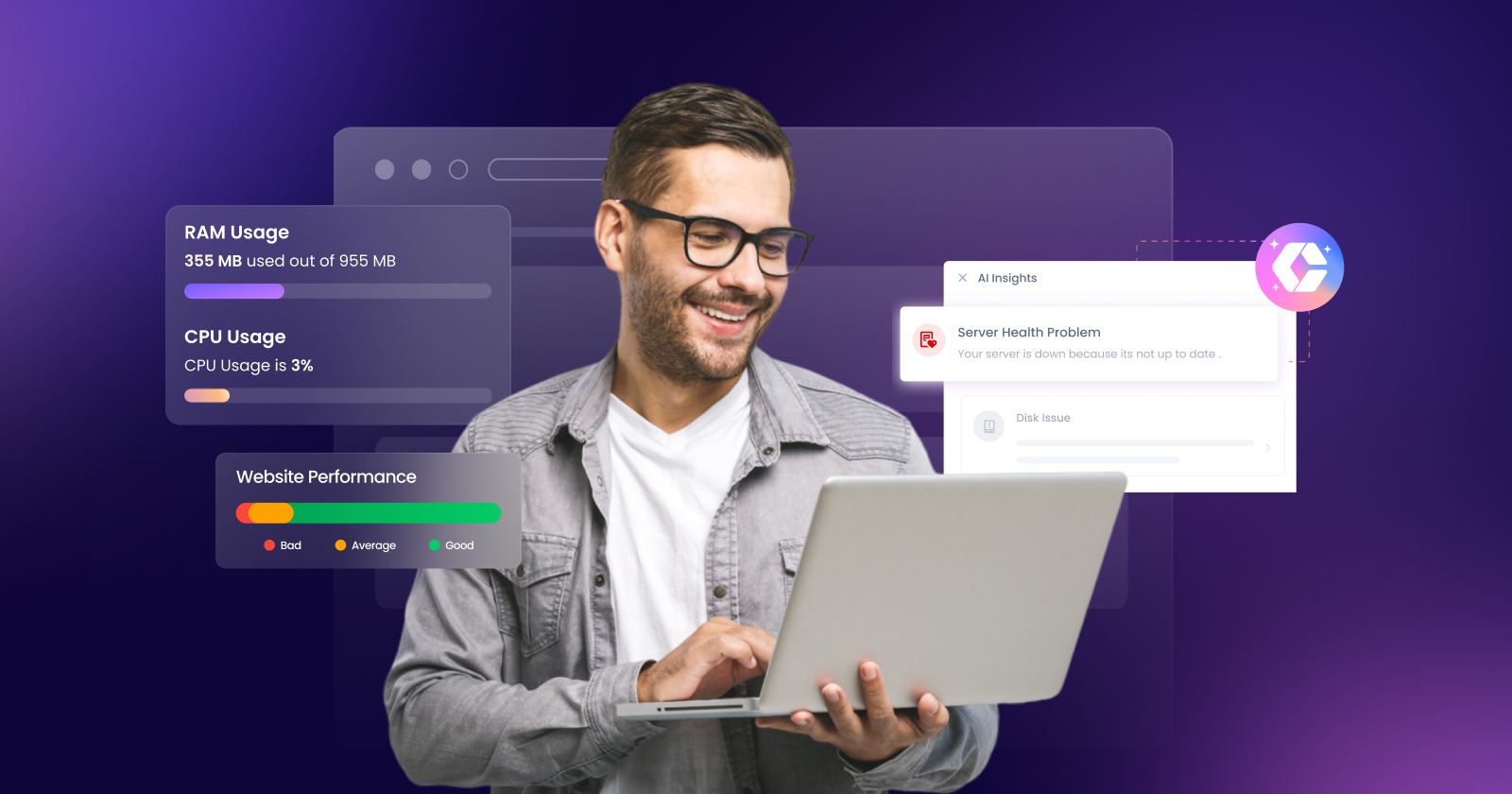
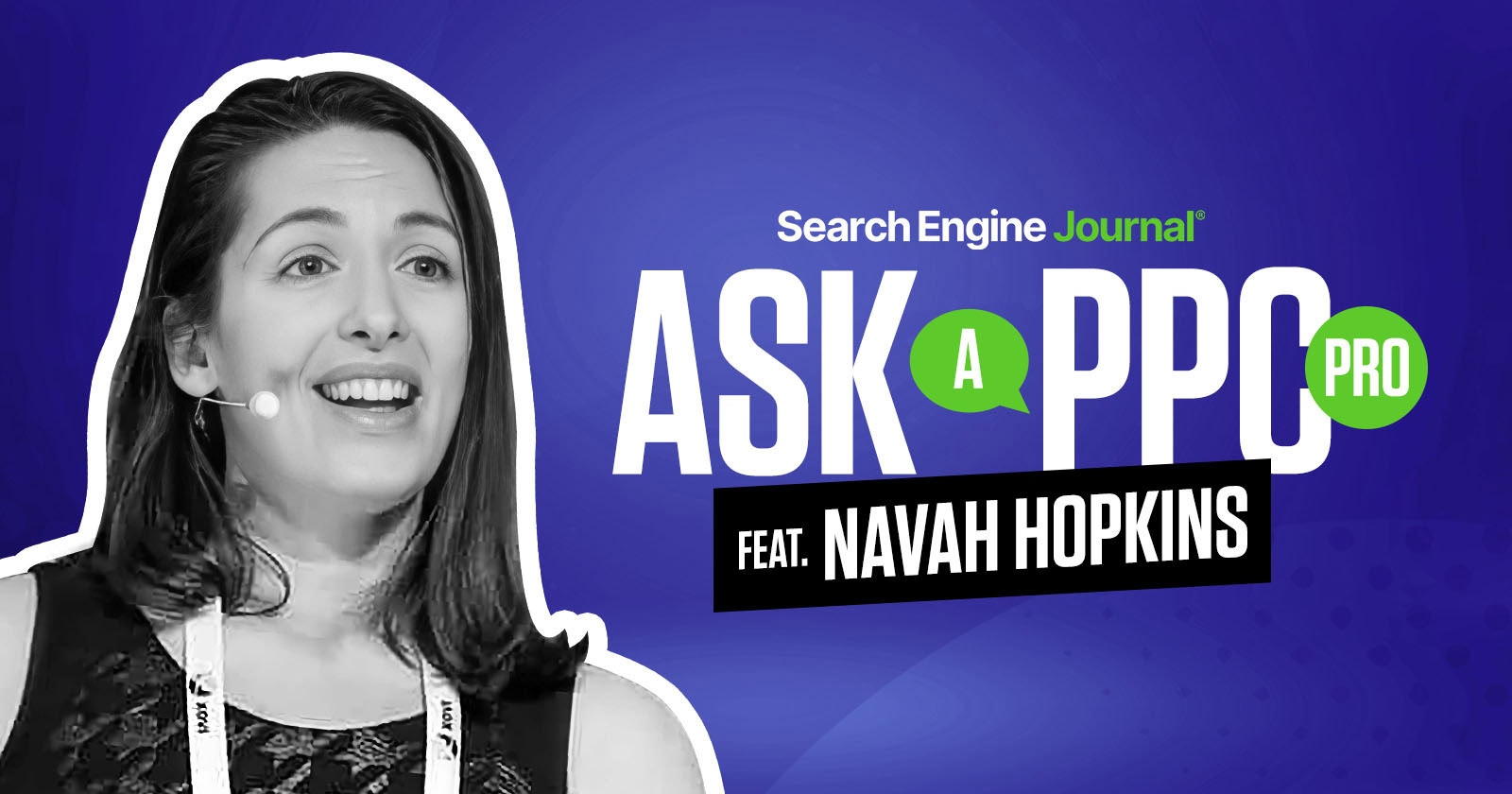





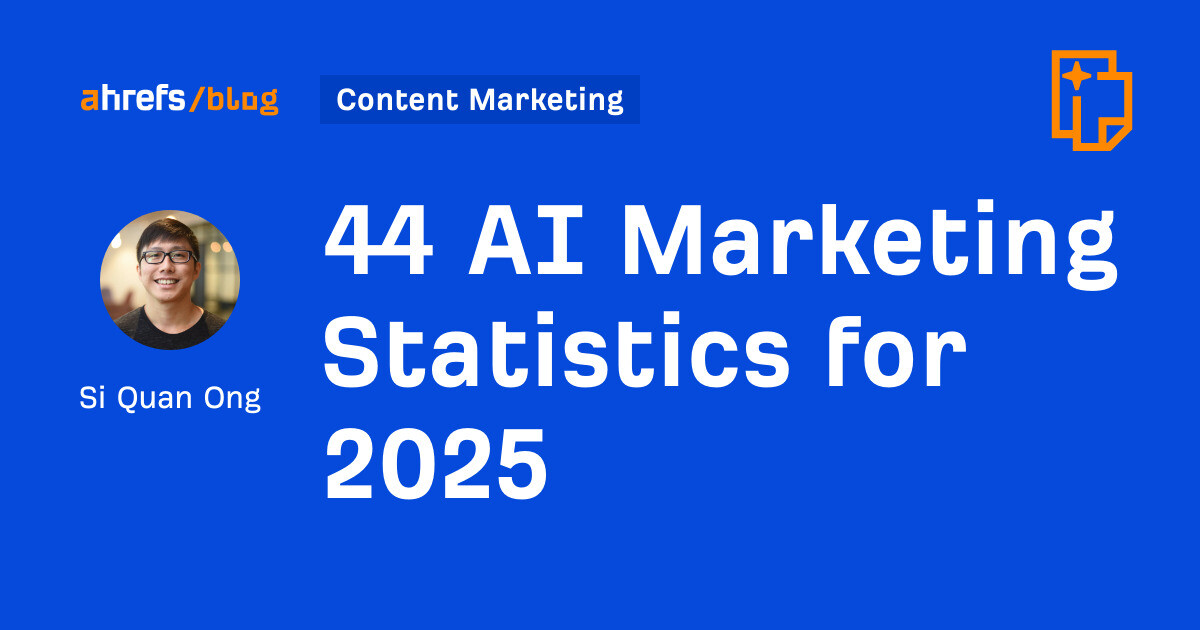
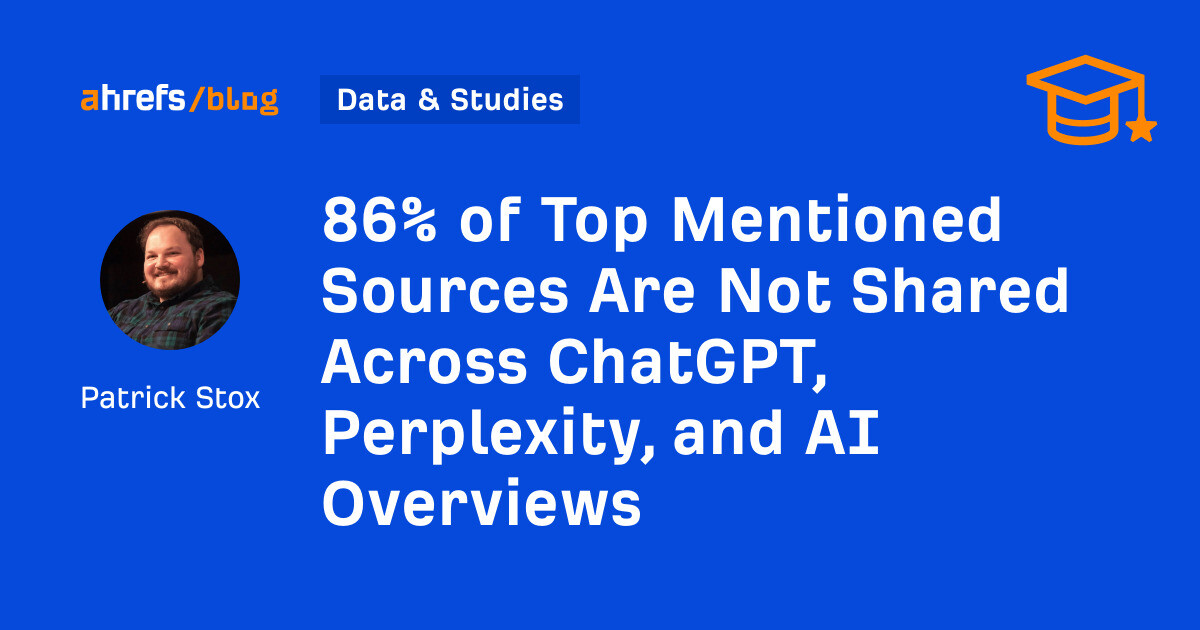
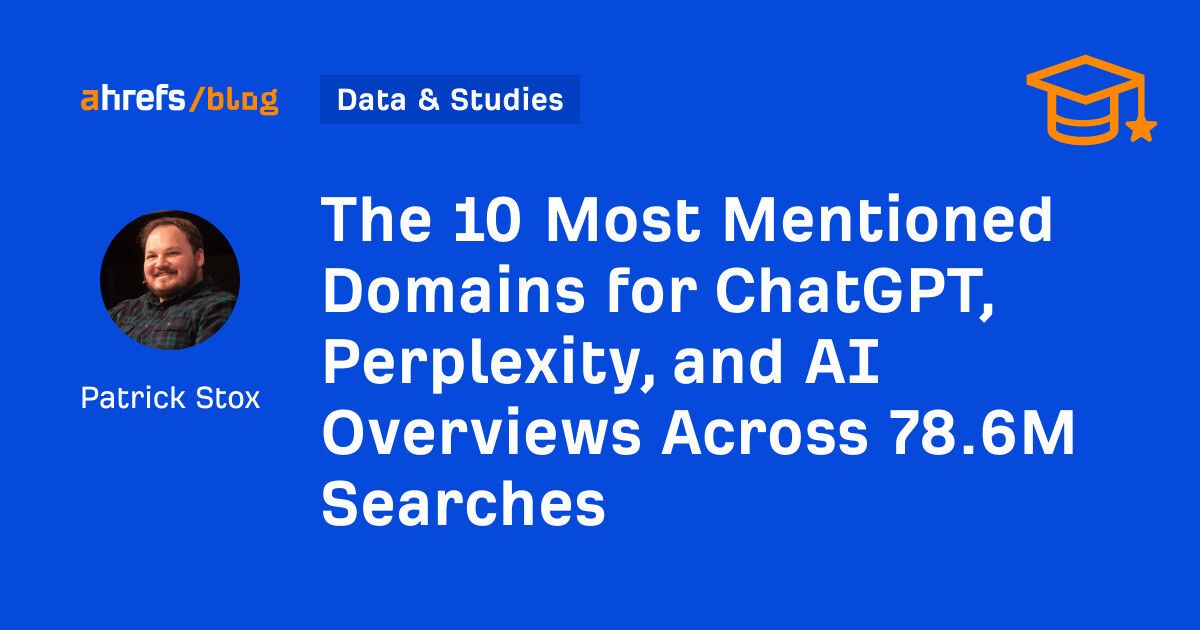
![Marketers Using AI Publish 42% More Content [+ New Research Report]](https://ahrefs.com/blog/wp-content/uploads/2025/06/marketers-using-ai-publish-42-more-by-ryan-law-data-studies-1.jpg)











![Brand pitch guide for creators [deck and email templates]](https://blog.hootsuite.com/wp-content/uploads/2022/06/brand-pitch-template.png)


![Social media image sizes for all networks [June 2025]](https://blog.hootsuite.com/wp-content/uploads/2023/01/Social-Media-Image-Sizes-2023.png)

![The HubSpot Blog’s AI Trends for Marketers Report [key findings from 1,000+ marketing pros]](https://www.hubspot.com/hubfs/state-of-AI-1-20240626-53394.webp)
![AI can boost conversions from your web page — HubSpot’s CMO shows you how [tutorial]](https://knowledge.hubspot.com/hubfs/ai-1-20250605-395473.webp)
![The state of inclusive marketing in 2025 [new data + expert insight]](https://www.hubspot.com/hubfs/inclusive-marketing-report.webp)






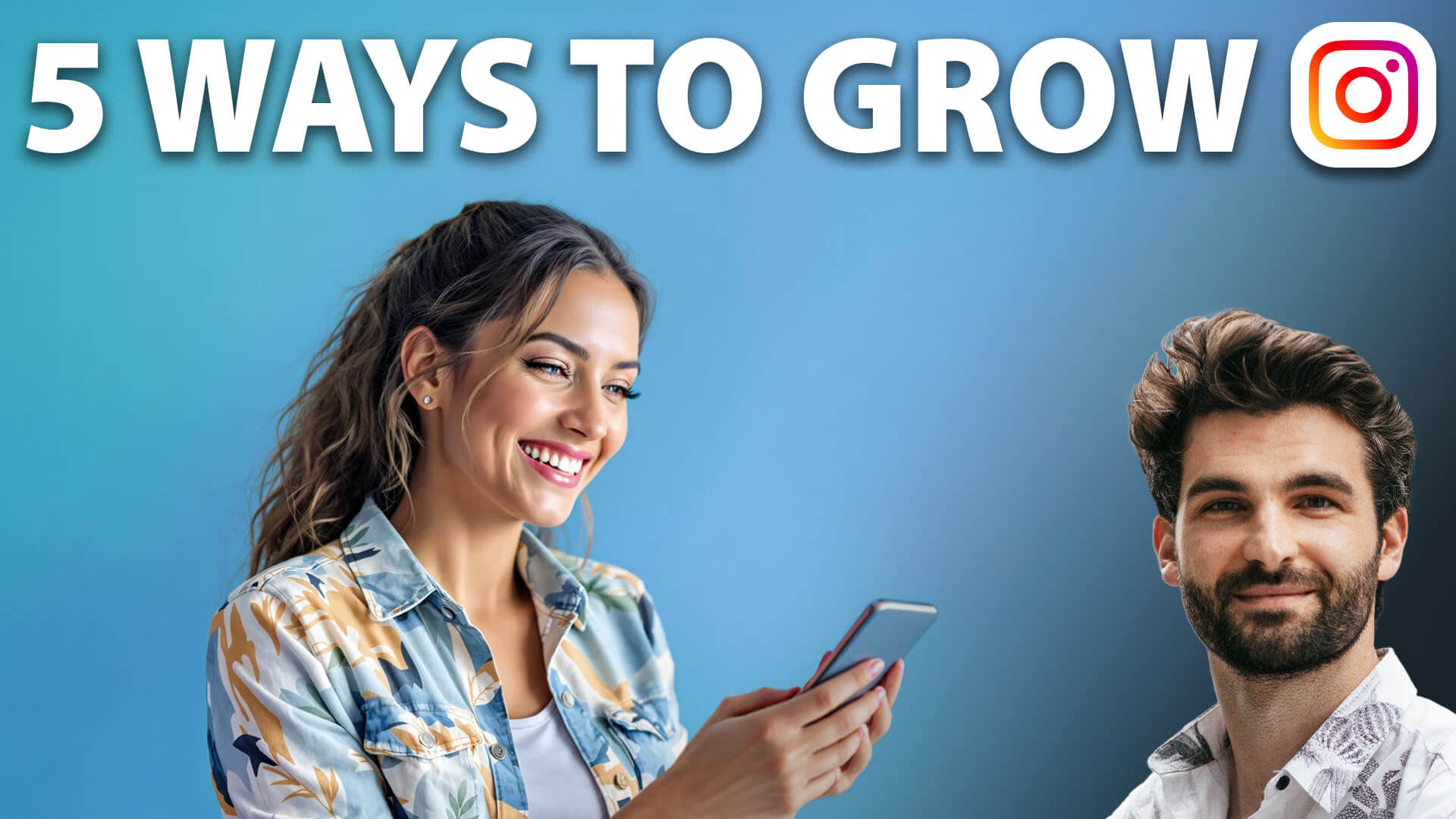

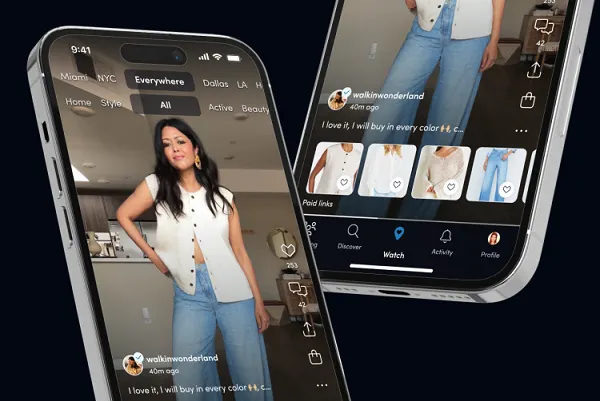
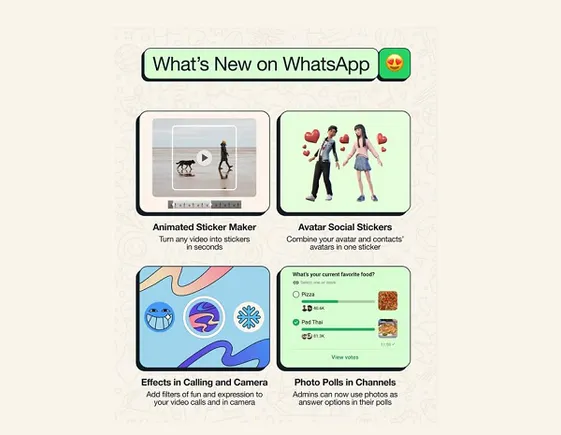
![X Highlights Back-to-School Marketing Opportunities [Infographic]](https://imgproxy.divecdn.com/dM1TxaOzbLu_kb9YjLpd7P_E_B_FkFsuKp2uSGPS5i8/g:ce/rs:fit:770:435/Z3M6Ly9kaXZlc2l0ZS1zdG9yYWdlL2RpdmVpbWFnZS94X2JhY2tfdG9fc2Nob29sMi5wbmc=.webp)
